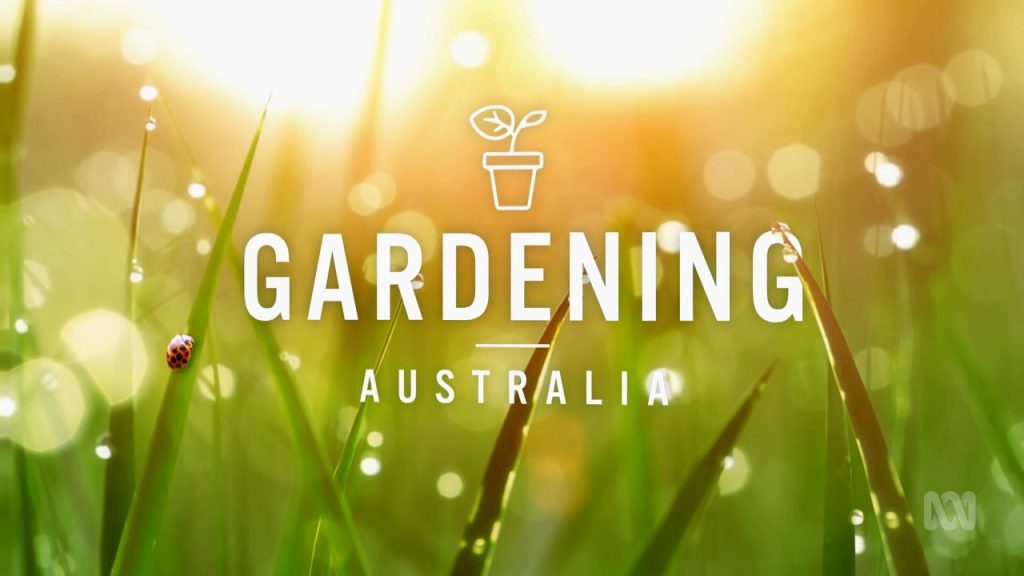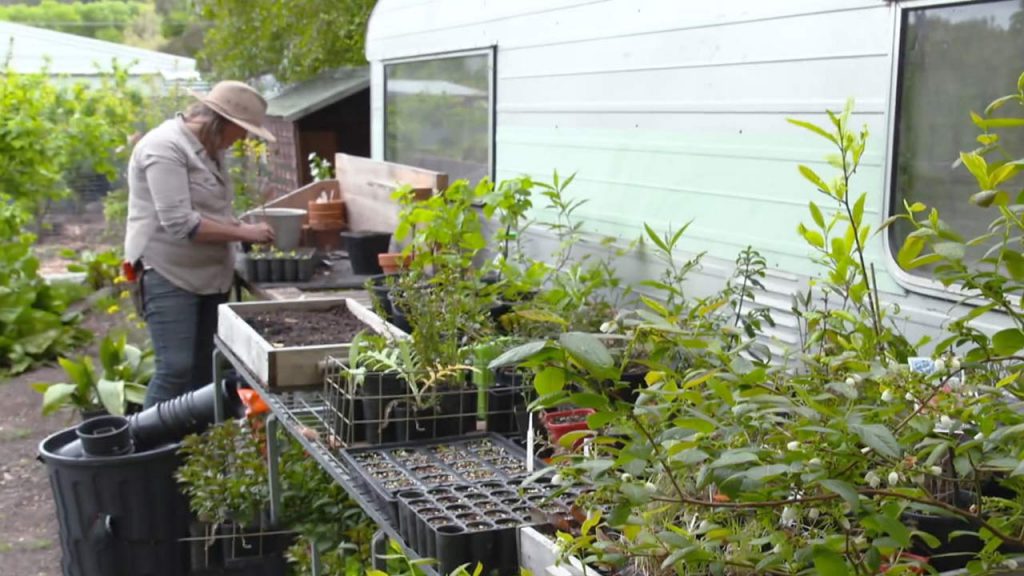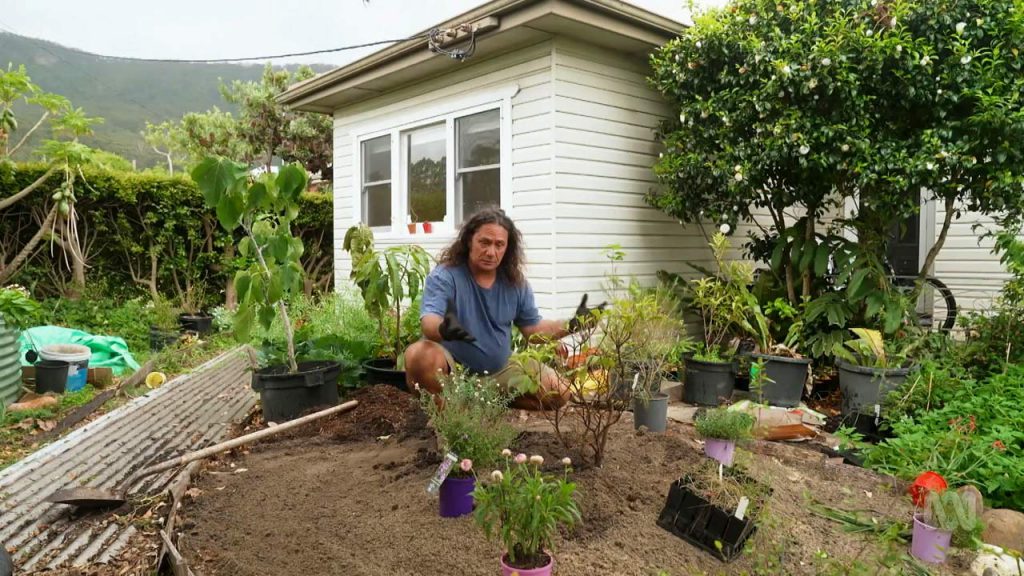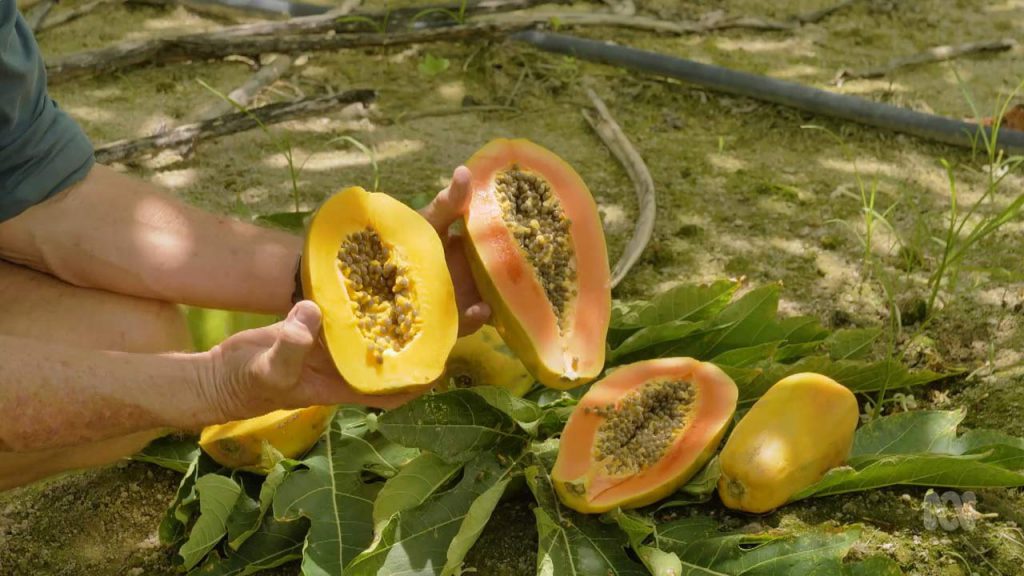Gardening Australia episode 10 2022: Jane Edmanson explores the flora of Lord Howe Island, Josh Byrne meets a young beekeeper, Millie Ross makes a seedling tray, Costa Georgiadis gets a taste for green ants in Kakadu, and Hannah Moloney introduces her goats.
Inspiring, entertaining and full of practical advice, join Costa Georgiadis and the team as they unearth gardening ideas, meet avid gardeners and look at some of the most inspiring gardens from across the country.
Gardening Australia episode 10 2022
The Where and What of Howe
Jane explores Lord Howe Island, a unique example of nature evolving in isolation, and discovers some fascinating plants and animals. Jane Edmanson visits Lord Howe Island, located 600km off the Australia Coast east off Port Macquarie and is part of NSW. The island formed nearly 7 million years ago when there was a volcanic eruption and is 11km long by 2km wide, and its estimated to be eroded to just a reef in 200 million years’ time, which is quite quick in geological terms.
The island has kept much of its charm, but not all of its wildlife since being discovered in 1788 by one of the First Fleet ships. By the 1879s many of the slow moving animal species were extinct. Despite this, it is recognised by UNESCO as a World Heritage Site because of ‘exceptional diversity of spectacular & scenic landscapes,’ & rich flora & fauna comprising an ‘outstanding example of independent evolutionary processes’. It’s like the Galapagos Island of the Pacific, with 105 plant species found here that occur no where else in the world.
Sandy beaches, subtropical forests and clear waters make this a tourist Mecca, but only 400 visitors are allowed on the Island at any one time. 350 residents live at Lord Howe Island, and there is now mobile coverage and only a few cars, all limited to travelling 20 kms/hour, with most people riding bikes or walking around the island. Ned’s Beach, where thousands of fish come in each day to feed, and Mount Gower, which is 875m above sea level and has sweeping views are the two most famous landmarks.
DIY Seed Propagation Tray
Millie repurposes a timber pallet into a seedling tray for propagating plants. On a rainy day, Millie gets stuck into a job she’s been wanting to try for ages: making a timber propagation tray from an old pallet. The old-fashioned box is called a planting flat or seed-raising flat, and you can make them to any size you like.
Luke’s Bees – Gardening Australia episode 10 2022
Josh meets a 16-year-old bee keeper who is so passionate about keeping honey bees, he’s teaching other young people. We’re in a suburban backyard in Bicton, near Fremantle. More and more people are becoming curious about keeping European honeybees, both for the delicious honey they produce and the pollination services they bring to the garden. This garden has two hives, and the person looking after them is Luke de Laeter, a 16-year-old apiarist!
Luke got hooked on apiary when he was just 14, when he got a hive and a nucleus (founding colony of bees) as a present from his mum who’s a sustainability teacher. “He’d had an interest and I thought I’d get him started”.
Luke says “I’ve got a passion and I want to share knowledge about the environment, and I want to educate others about the problems bees are facing”. He says he got into it because he’s always been interested in the environment, and “it’s a bit of a different hobby…it gets you outside, it’s very different from gaming or that sort of thing”.
Kakadu Kitchen
Costa meets a mother and son team who have created a kitchen garden in the heart of Kakadu. Costa meets a mother and son in Jessie Alderson and Ben Tyler who have created an abundant community kitchen garden in the heart of Kakadu, overflowing with indigenous and exotic fruits, vegetables and herbs.
The garden is at Murdudjurl, also known as Patonga homestead community, in the heart of Kakadu. About 50m south of Jabiru, it is on the way to Jim Jim falls, home to the Murumburr clan. The homestead was constructed as a game lodge in the 1950’s, and has since operated as a school and now a community home to a number of families.
The land here is diverse and abundant, having provided for the local people for tens of thousands of years. Ben says ‘the food we eat is reliant on the seasons. As the water recedes it is mostly plant-based foods we are collecting, chestnuts and lily seeds. The young geese are eating the wild rice; once they fatten up we will eat them!’
Pruning Perennials – Gardening Australia episode 10 2022
Sophie shows how to prune perennials to keep them looking tidy. Perennials add bling to a garden, but when they’ve finished flowering, they can look a bit unsightly. The flowering spikes of dwarf lambs ears (Stachys thirkei) can be sheared off at the base. However, to trim the taller salvia (Salvia ‘Celestial Blue’), she removes the spent flowering spikes to just above the new foliage shoots, for a tidy look until the new flowers appear.
Lastly, Sophie trims the yarrow (Achillea ‘Coronation Gold’) by removing the old flowering spikes at their base, leaving some pretty ferny foliage over winter.
Kidding Around
Hannah Maloney introduces the goats that make her garden come to life. Gertie and her daughter Gilly are an integral part of Hannah’s productive garden. It’s important to have at least two goats to keep each other company or they will get lonely. A day in a goat’s life starts with milking time, and they each provide around 3 litres of milk a day!
The rest of the day is all about eating, and it’s important they get the most nutritious food available to stay healthy, especially while lactating. Their diet includes rolled barely, mixed chaff of lucerne and oat, mixed kitchen scraps and woody plant material. Goats naturally prefer to browse trees and bushes rather than grazing grass. Hannah has lots of environmental weeds in the area including Cotoneaster, so she cuts down branches and brings them home for dinner.




